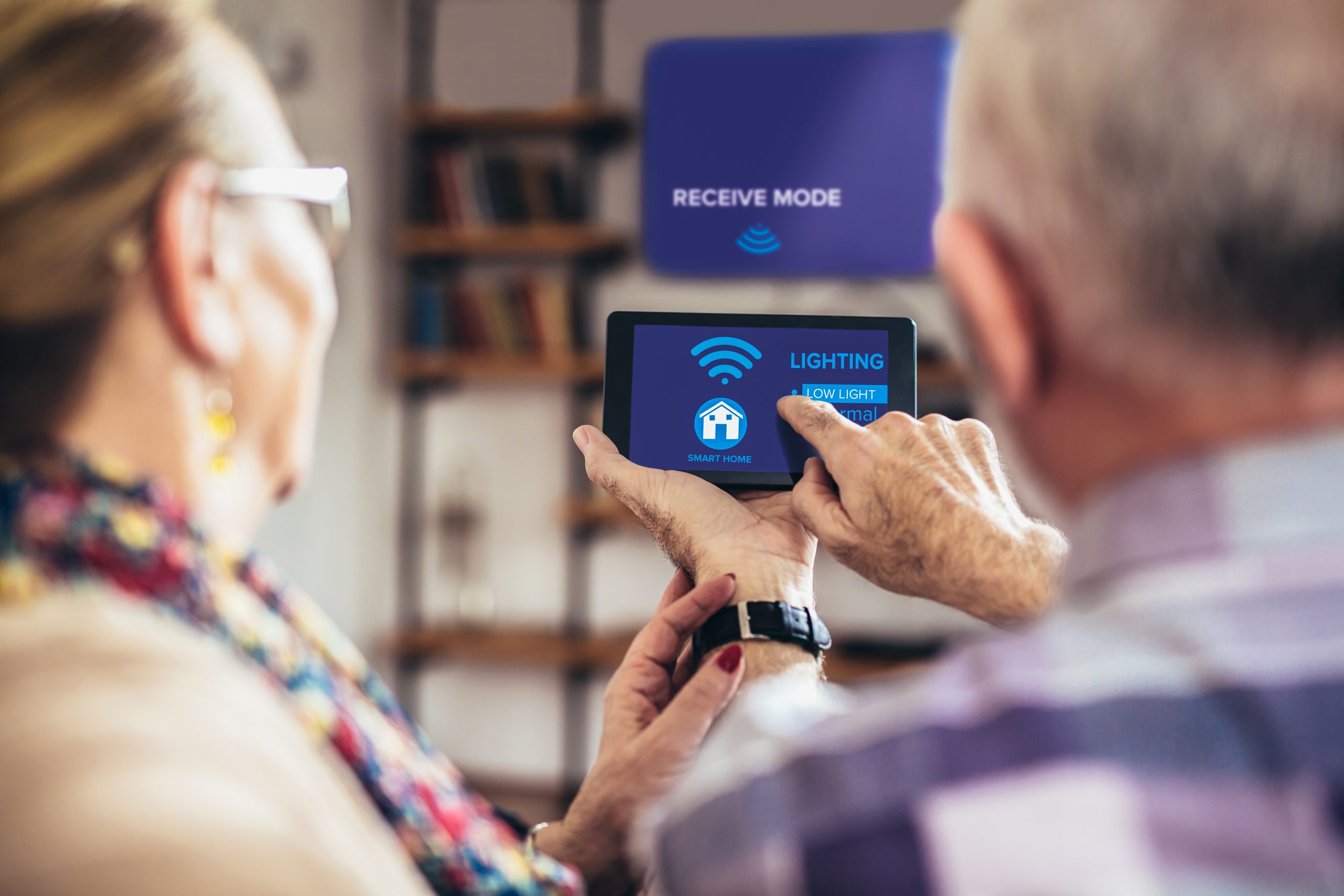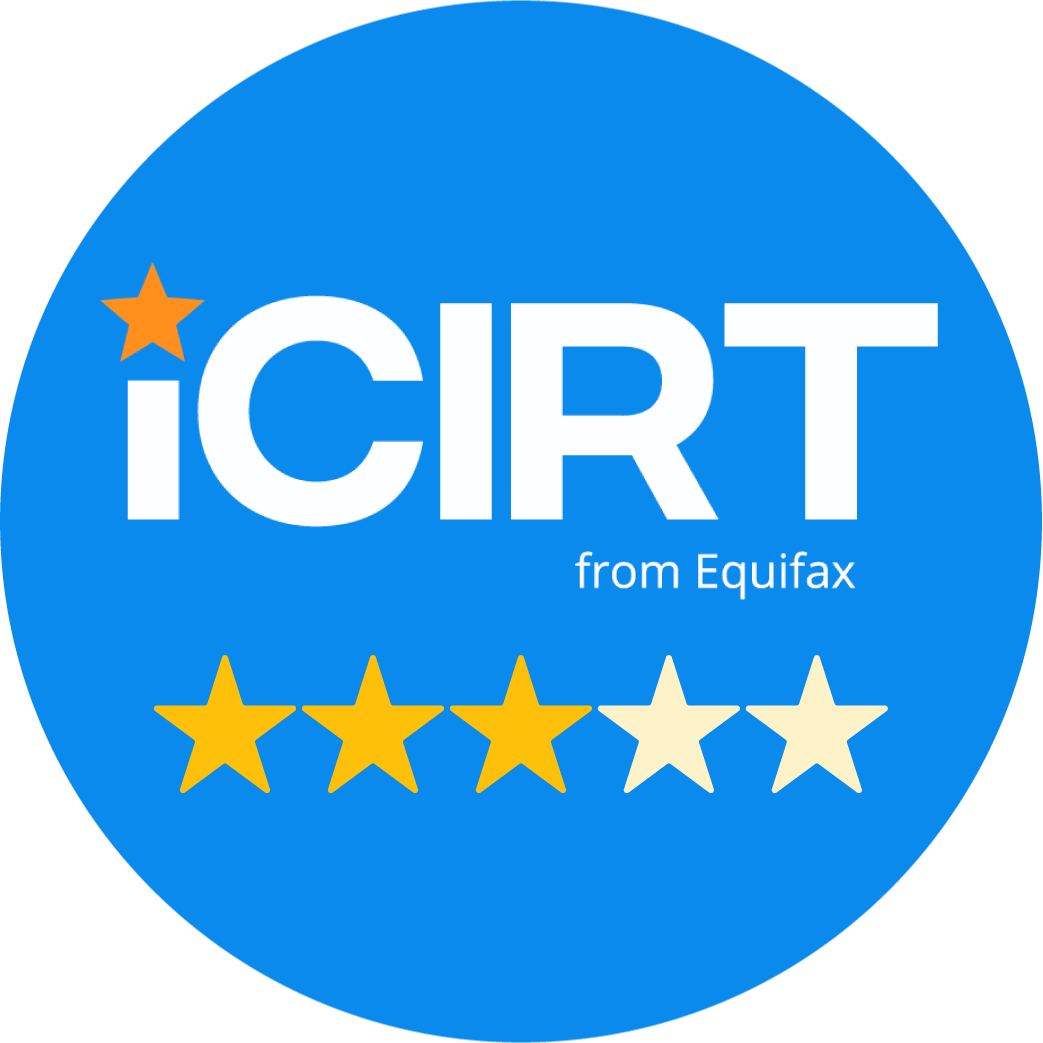

Technology has made many things in our world more effective, convenient and impressive. However, like many things, technology is not always inclusive and accessible to everyone. Barring social barriers, technology has, in the past, failed to be fully accessible to people of varying disabilities. As buildings incorporate more technologically advanced features into their structures, this lack of inclusivity is transferred onto their physical structures. In other words, what started off as a technological issue is now, also, a residential and commercial building problem.
Google is one of the most recent companies to start making their technologies fully accessible. While Google Assistant is already very accessible for those who have sight disabilities and poor fine motor control, it fails to include those with speech disabilities. To mitigate this, Google is partnering with Tobii Dynavox, a company that makes software and devices designed to help those with speech and language disabilities.
Tobii Dynavox will incorporate Google Assistant in its Snap Core First app. The app has software that allows people with language impediments to communicate by interacting with preconfigured tiles that they can activate by tapping or gazing at with their eyes. Snap Core First users will be able to add tiles tied to Assistant actions, allowing them to access the same functionality through an Assistant-enabled phone, smart speaker or display. People will be able to use Google Assistant to control smart home devices or media playback on a compatible speaker, dragging home and business property technology into a more inclusive and accessible space.
Homes and businesses can now be made more accessible for persons with speech and language disabilities through the symbol-supported communication app. In the same way that Google Assistant has helped those with poor fine motor control and sight and mobility disabilities, the partnership with Tobii Dynavox is set to revolutionise workplaces and homes for people with speech and language disabilities.
Previously impossible tasks such as dimming the lights, turning up the music and getting the weather forecast is now easily achieved through an eye gaze, touch or switch. People are now able to control and explore their environment, making buildings fully accessible and inclusive for persons of all disabilities.
At Access Link Consulting, we are always thrilled and excited at the idea of improved accessibility and further inclusivity. We understand that buildings are not merely meant to be accessible for those with mobile disabilities, but also for people with speech, language and sight disabilities as well as poor or lack of fine motor control. Disabilities require more than simple structural changes; technology must be incorporated to bring buildings into complete accessibility.









